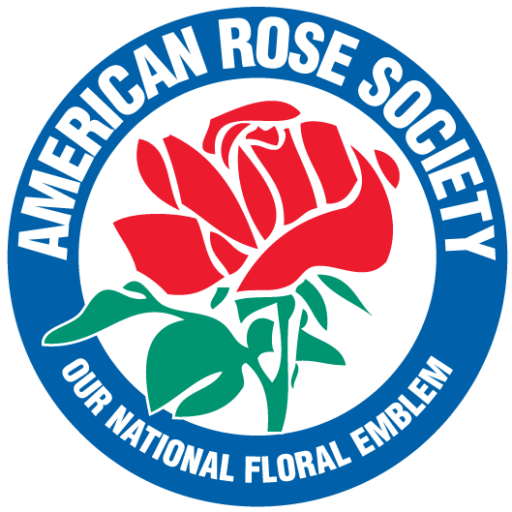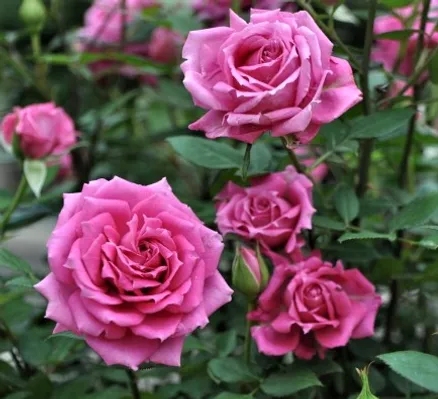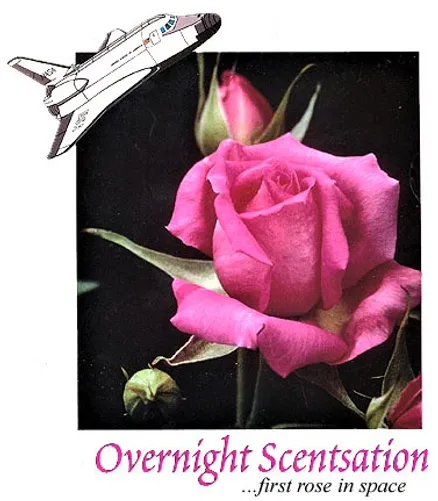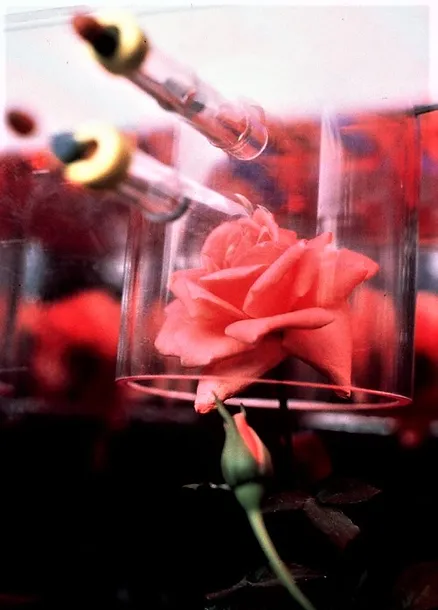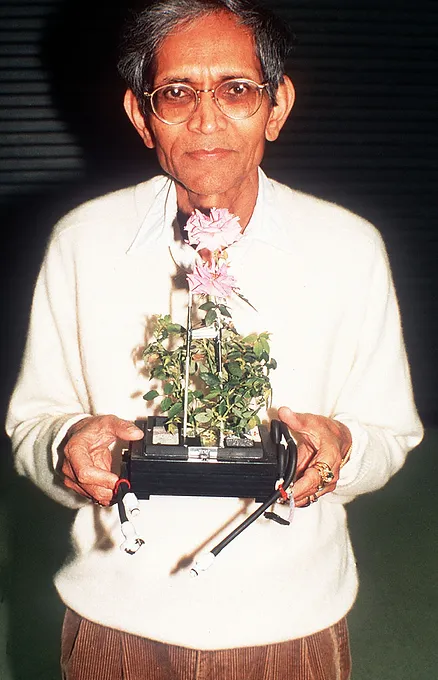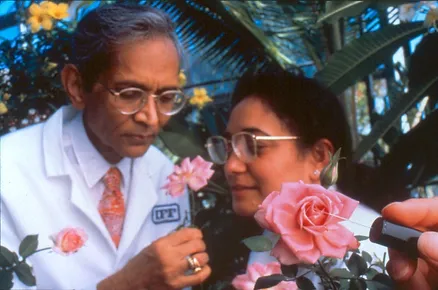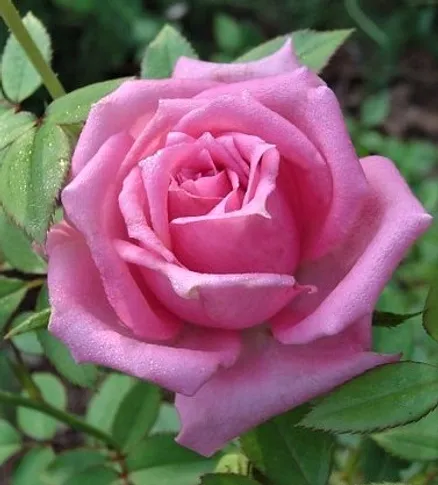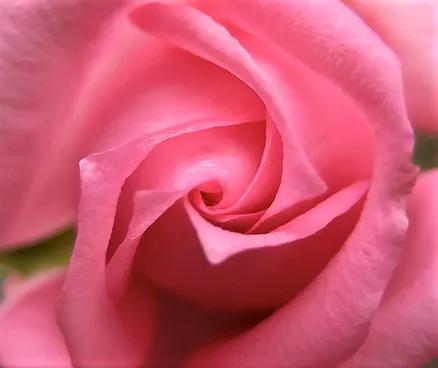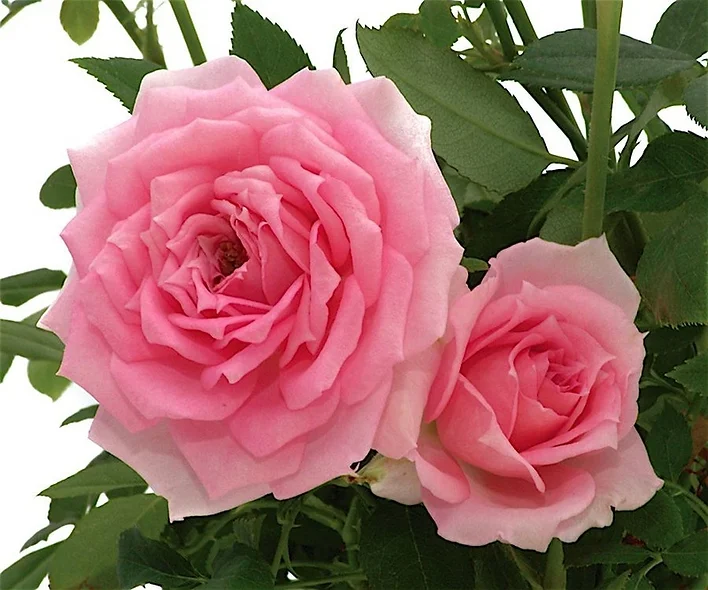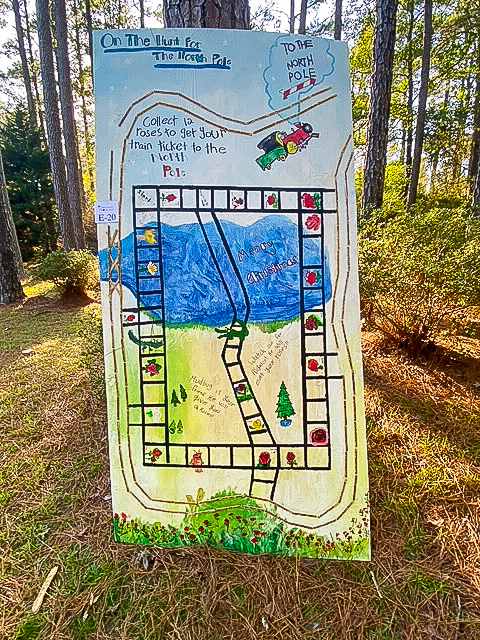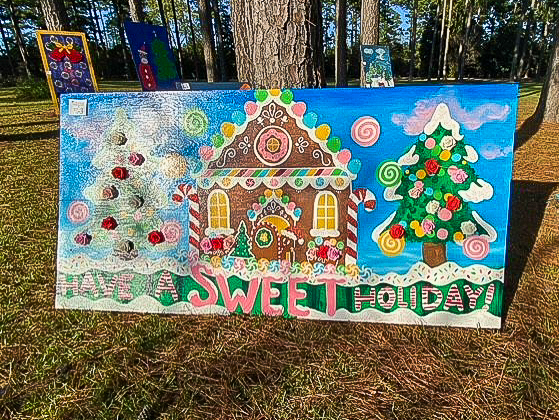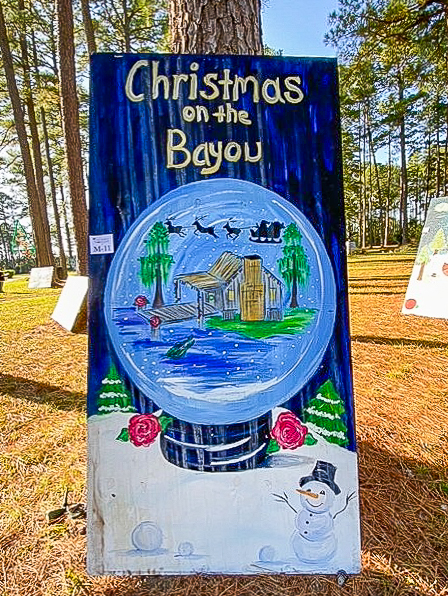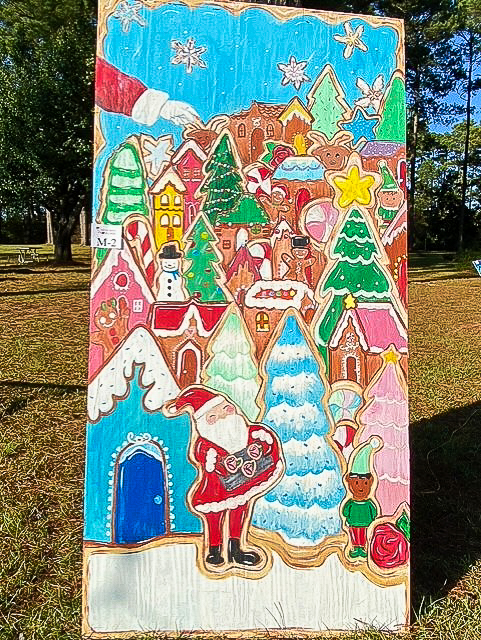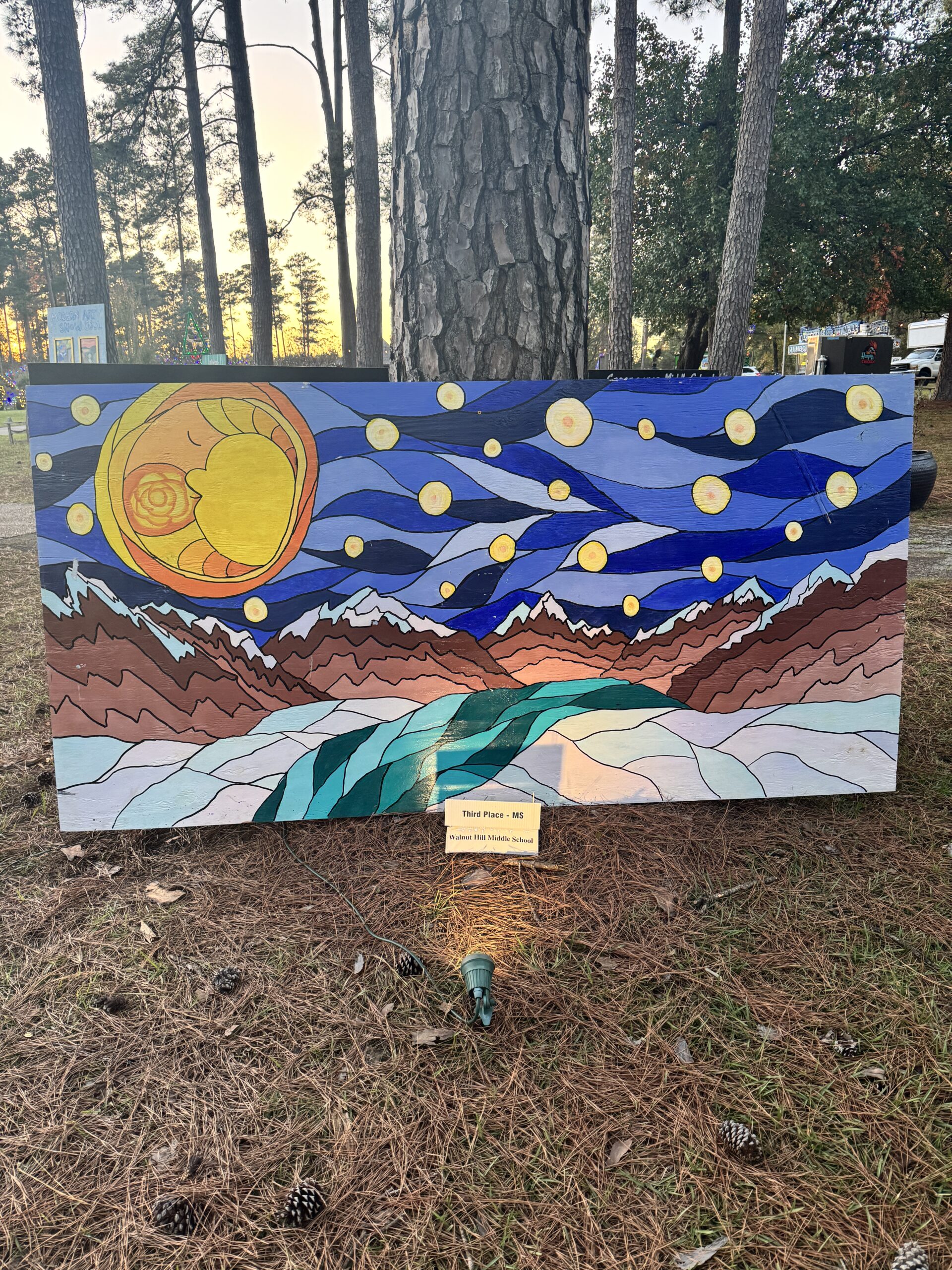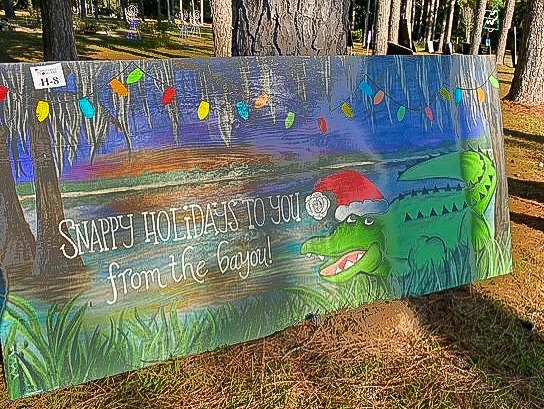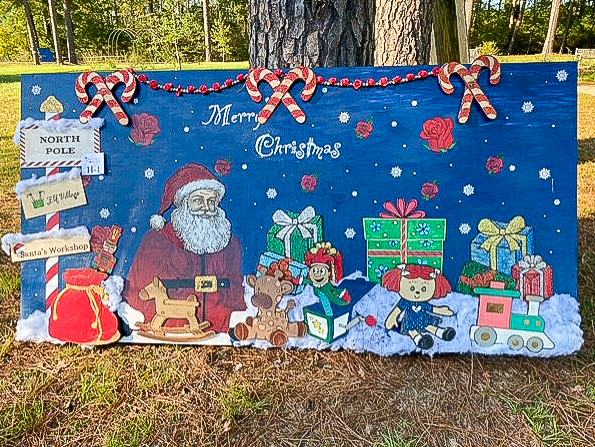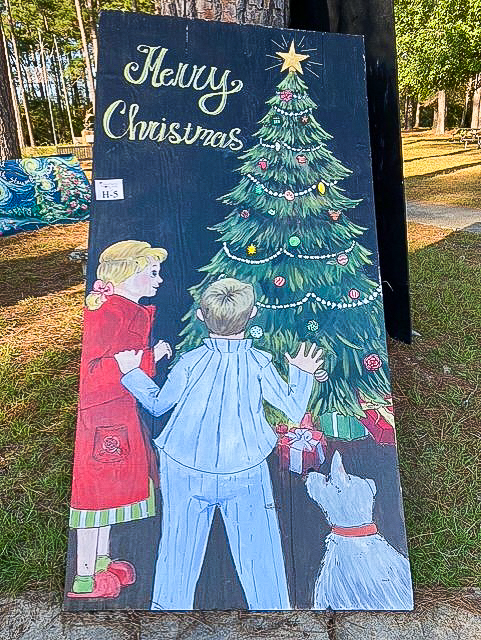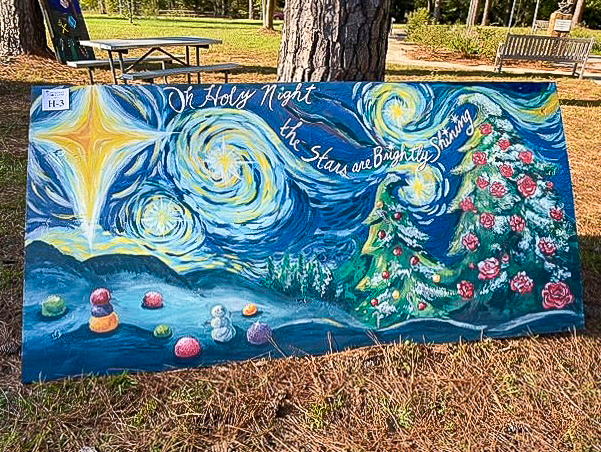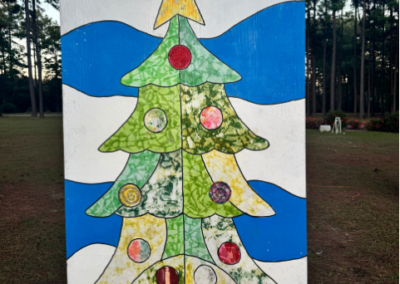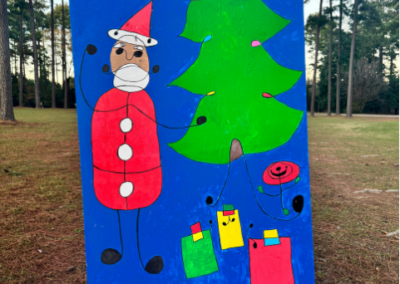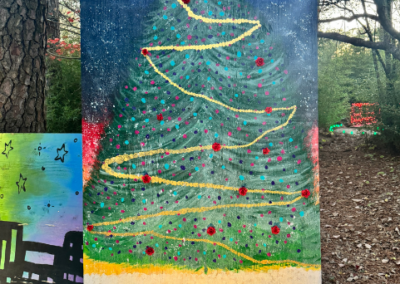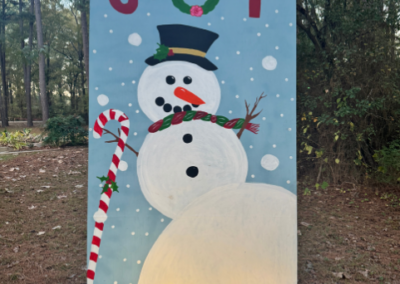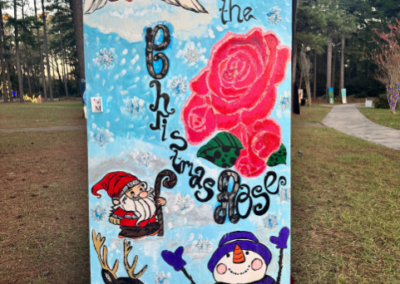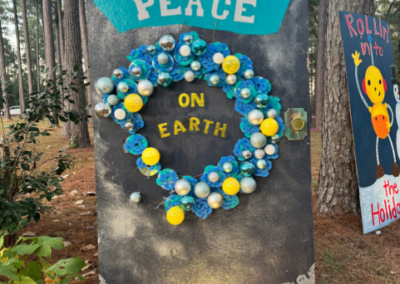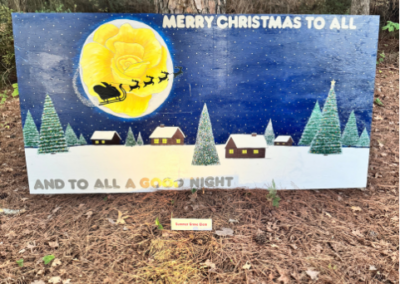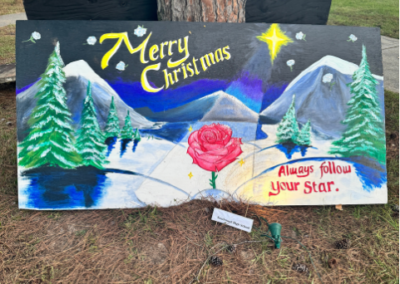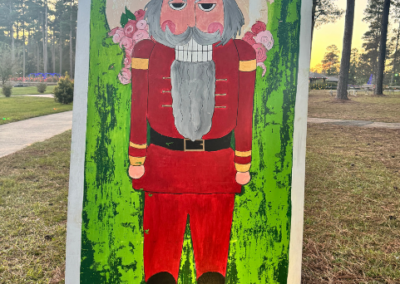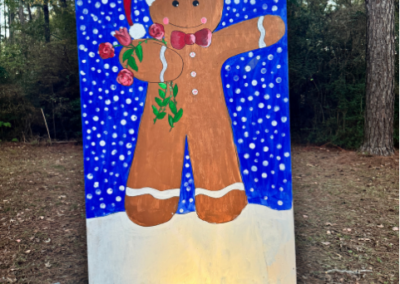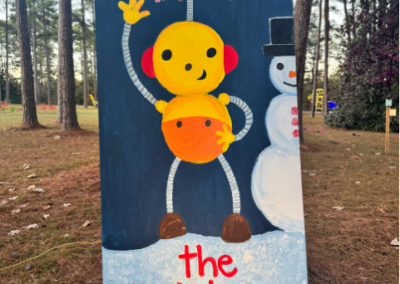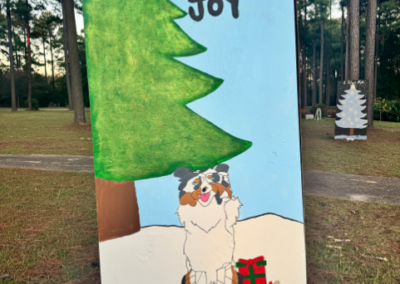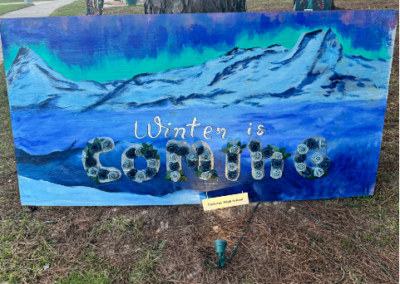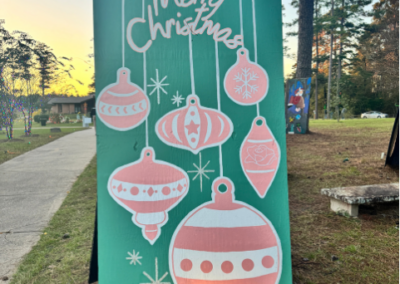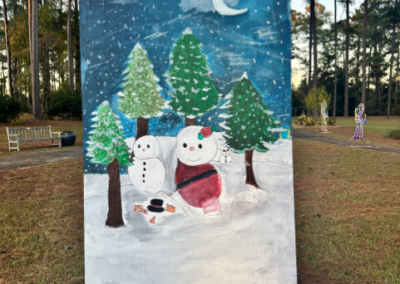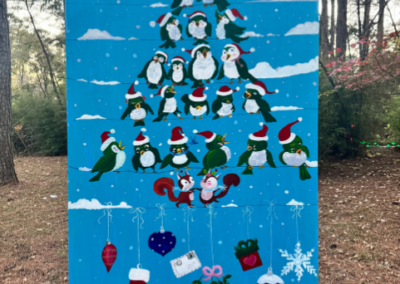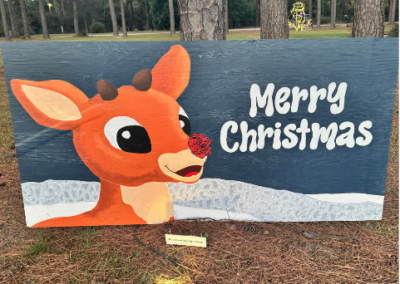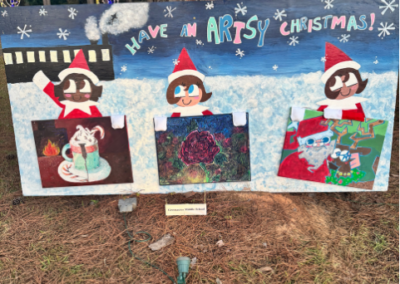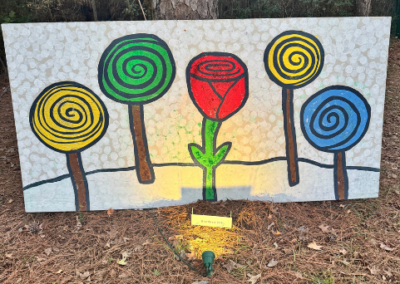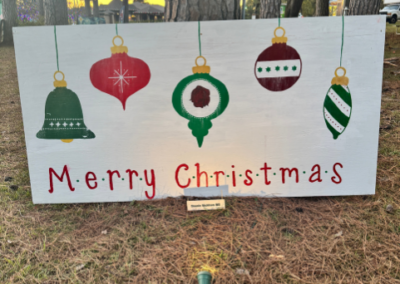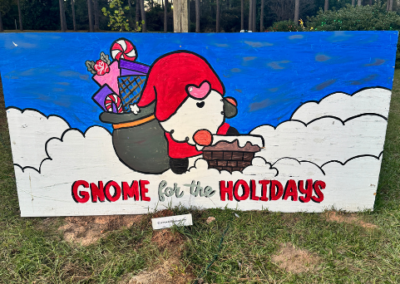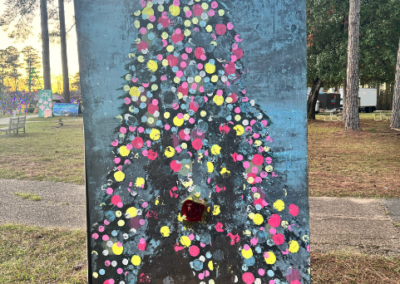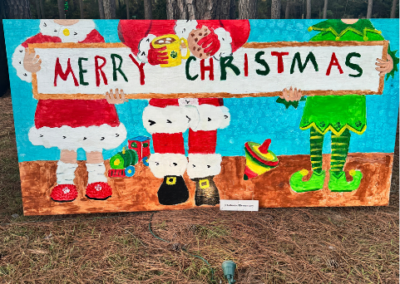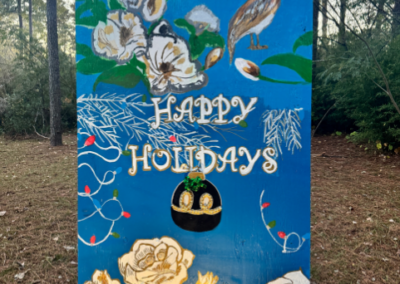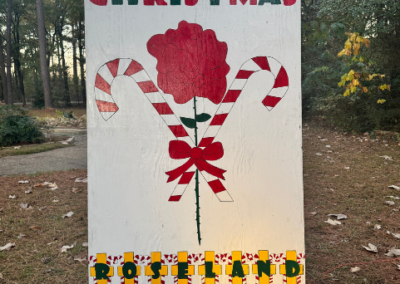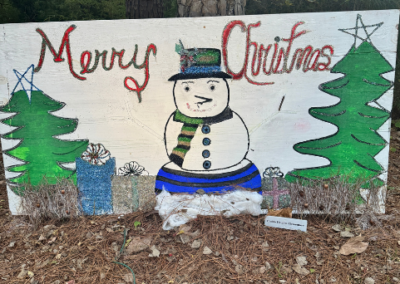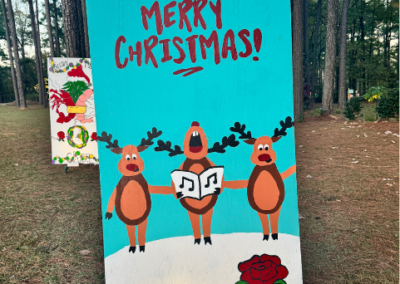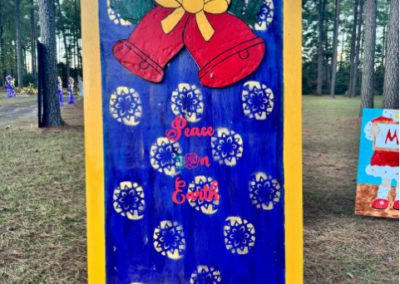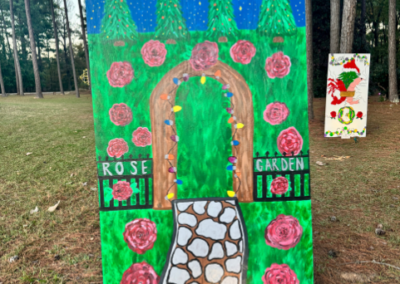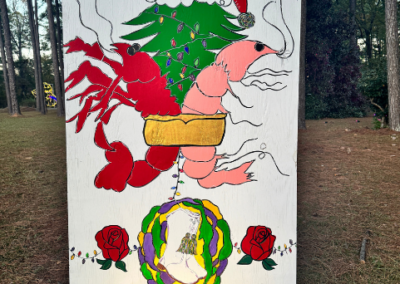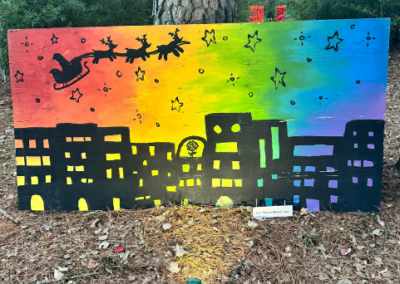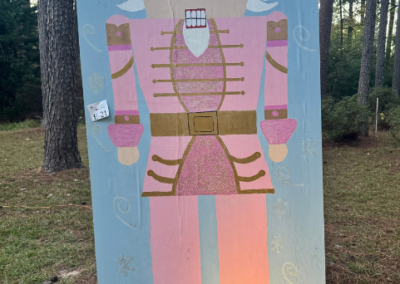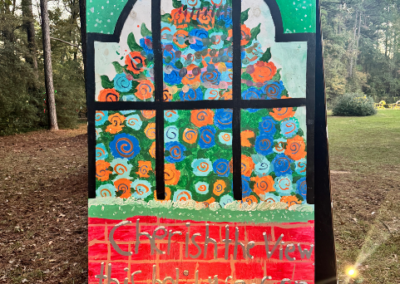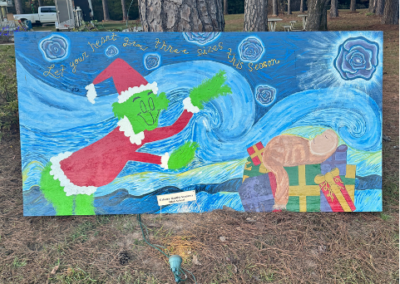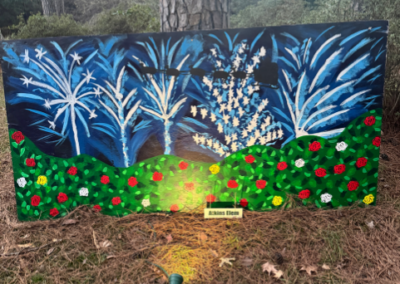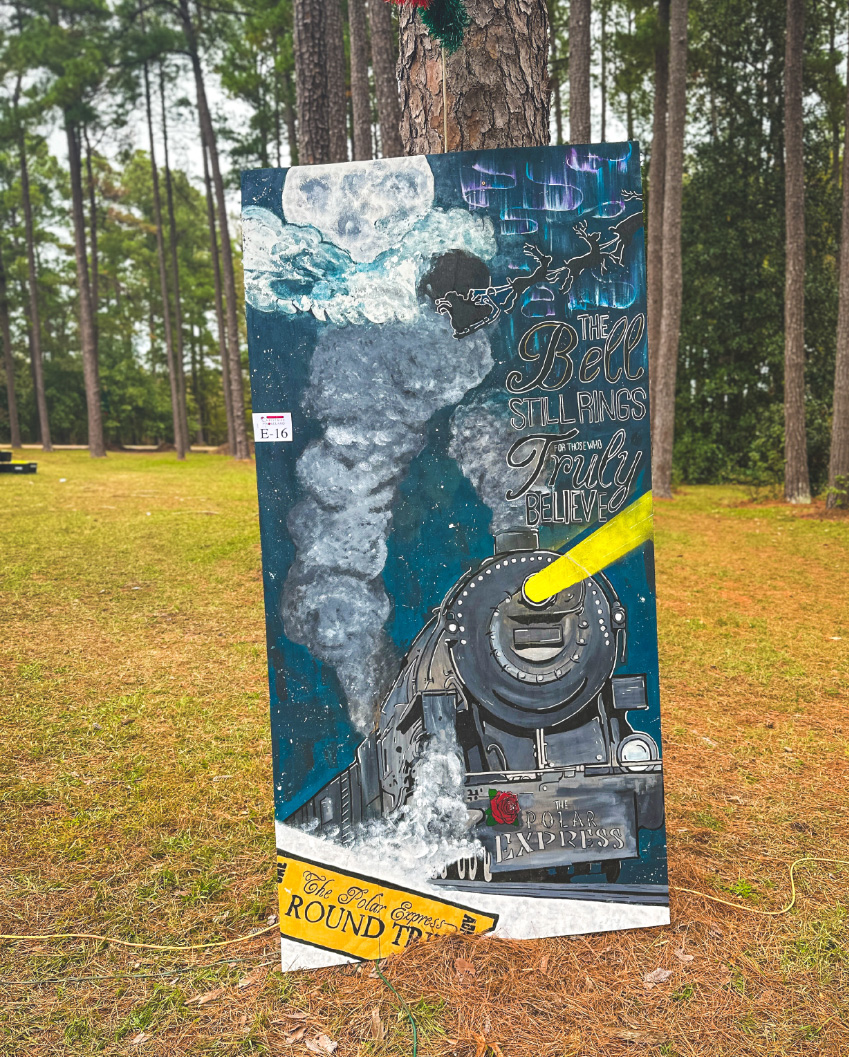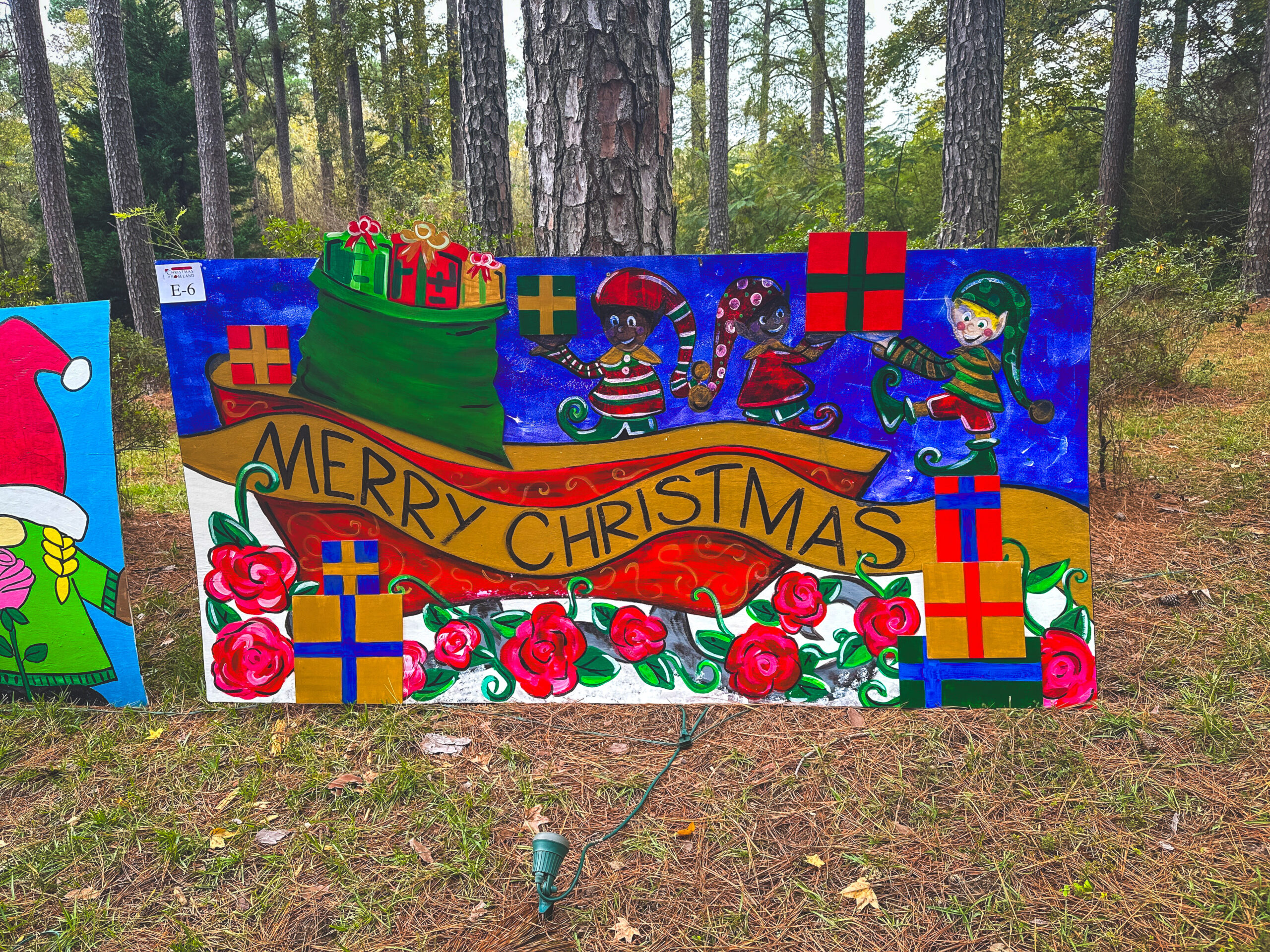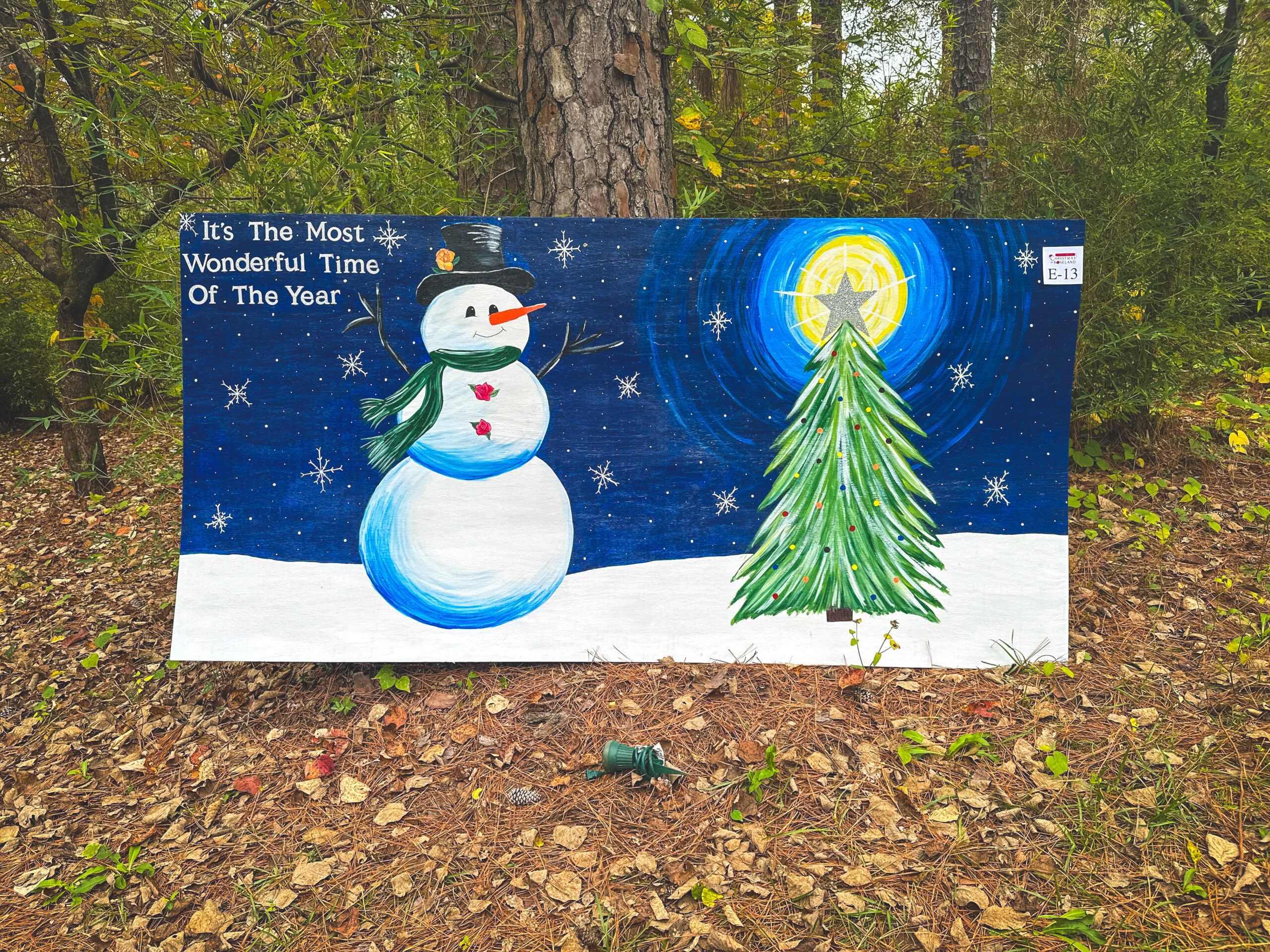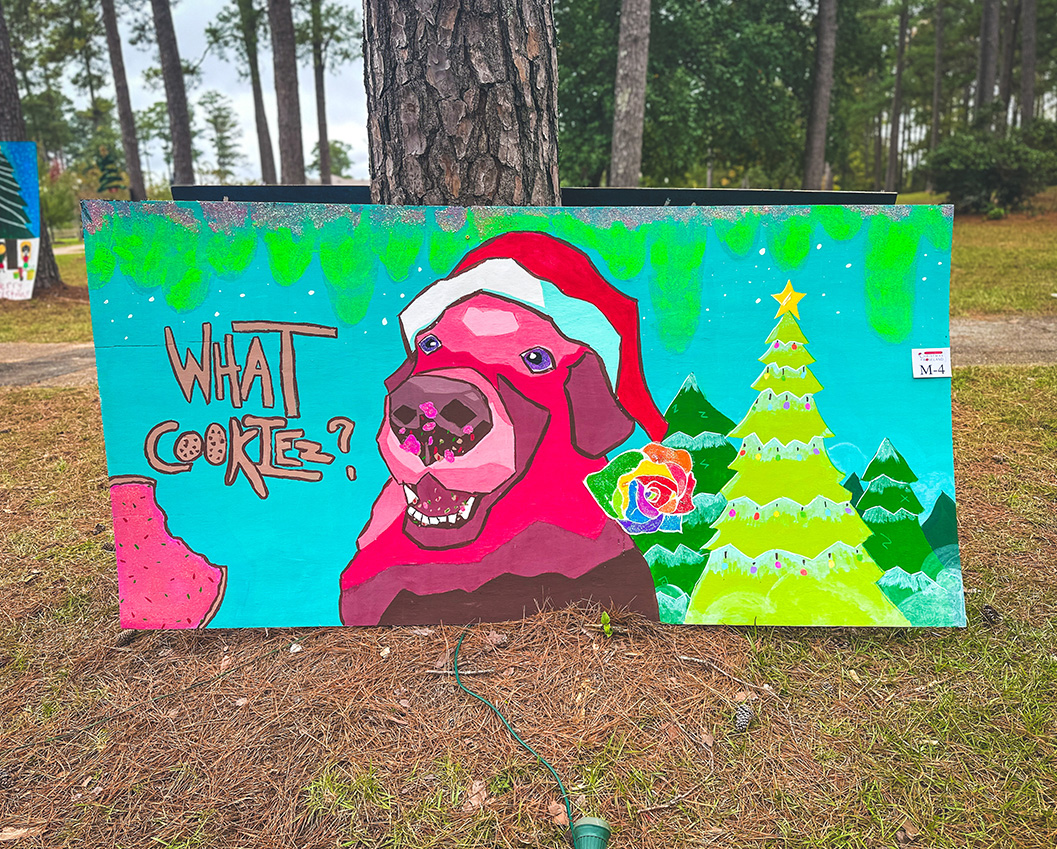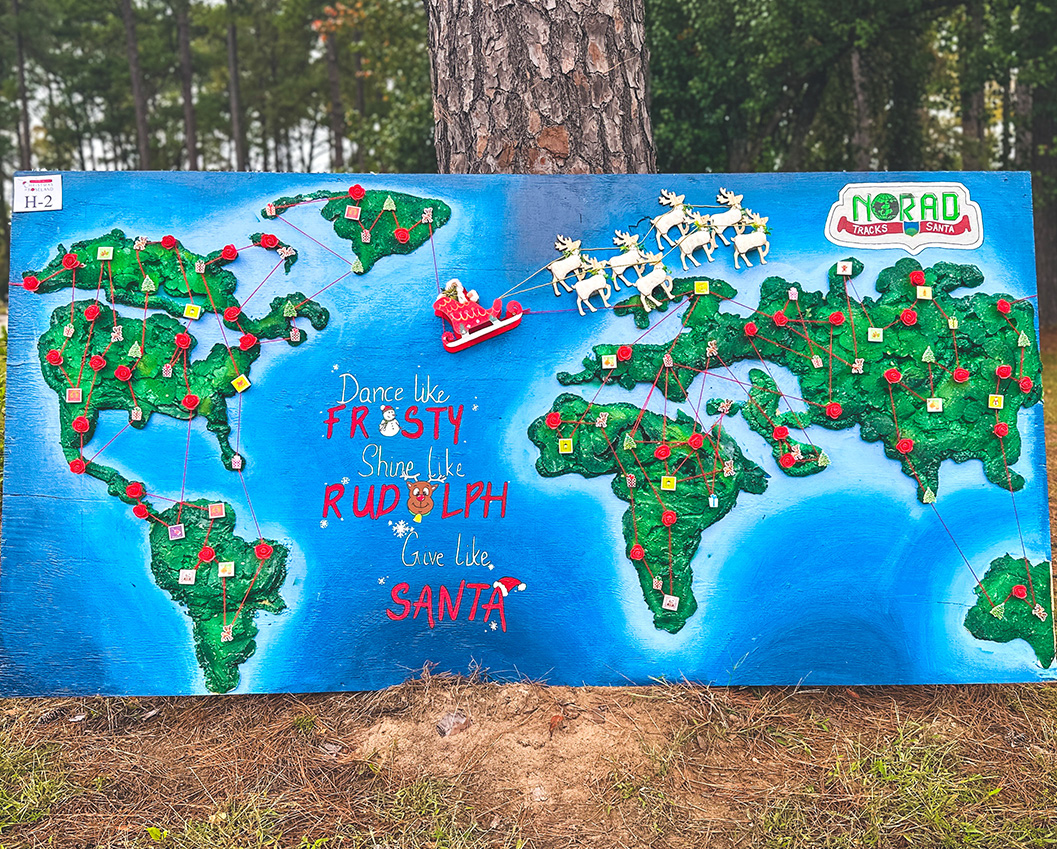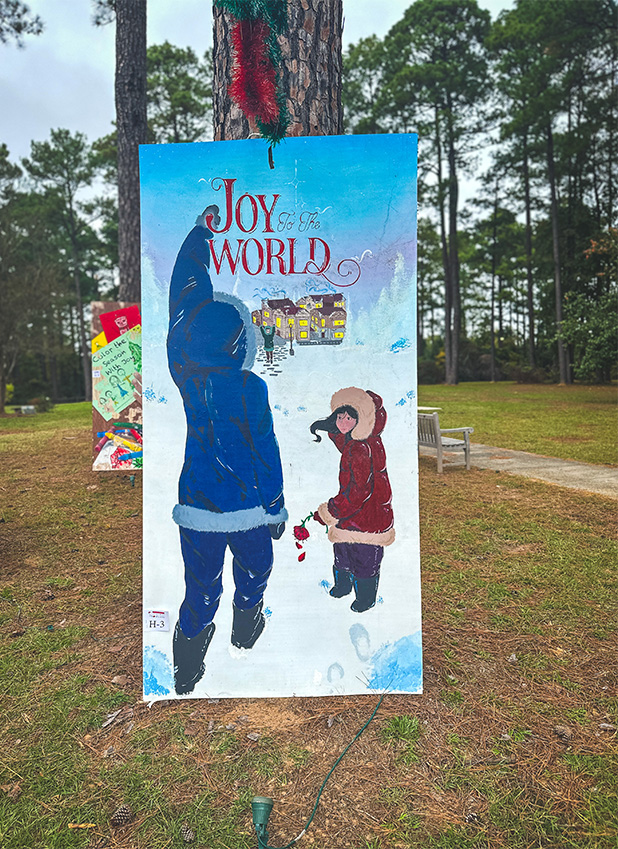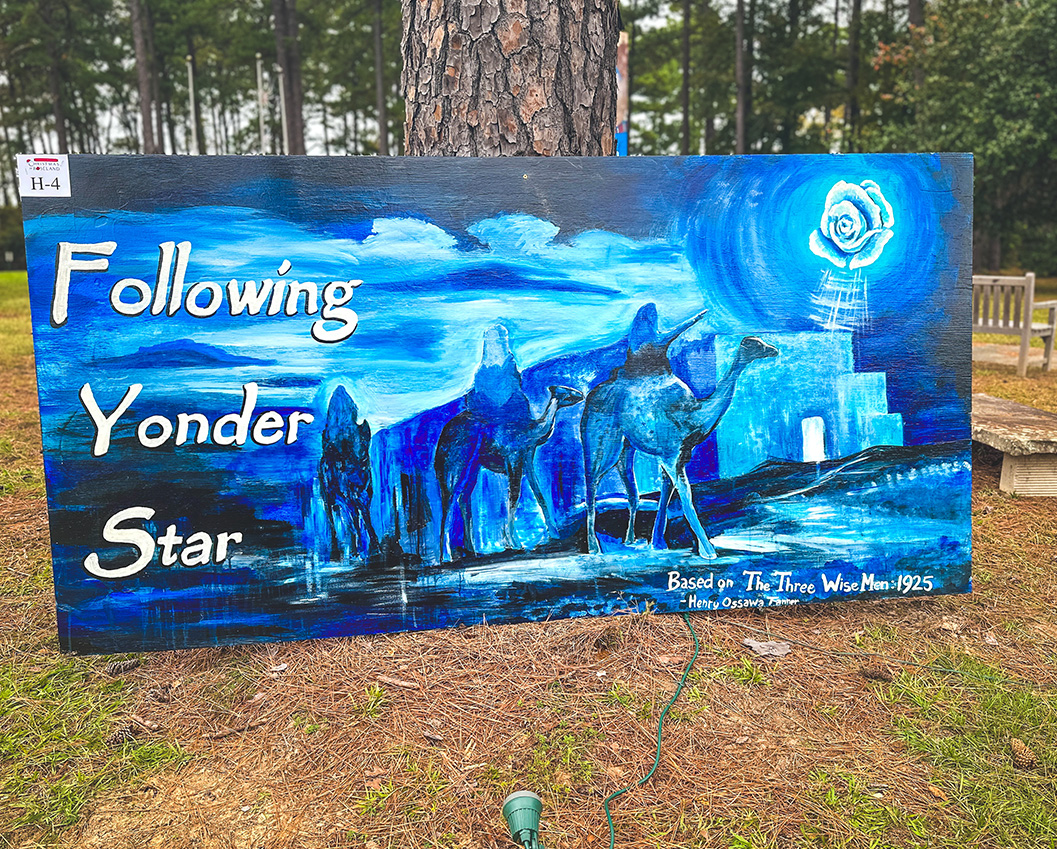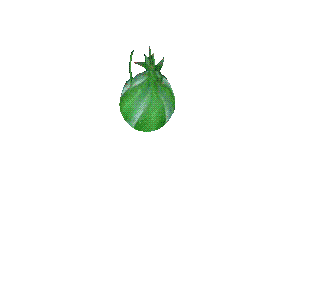THIS FEATURE IS PAID ADVERTISING & IS NOT TO BE CONSIDERED AS AN OFFICIAL REGISTRATION LISTING
Rose Name: Buttercream Drift® ‘Meidevi’ PPAF (ABOVE)
Classification: Groundcover
Color Description: Light Yellow
Descriptive Characteristics: Drift® Roses are gxroundcover roses made easy®. Buttercream Drift® has light yellow flowers with cuplike petals that make a cheerful addition to gardens of all shapes and styles.
Height/Habit: compact, very busy, 1 1/2′ h x 2′ w
Rose Name: Heavenly Scented™ (cv. WEKvodomer, R578-2) PPAF (ABOVE)
Classification: Hybrid Tea
Color Description: salmon
Descriptive Characteristics: This fragrant, salmon colored hybrid tea has old-fashioned, cuppy and very double, large blooms that are pointed and ovoid. Blloms are on long stems with medium, glossy green foliage. Very good disease resistance.
Bloom Size: 4-5 inch diameter
Fragrance: Strong fruity & spices
Height/Habit: Upright, tall
Parentage: Voodoo x Meredith
Rose Name: Morning Glow™ (cv. WEKpiflaspas, BB223-1) PPAF (ABOVE)
Classification: Floribunda
Color Description: Soft gold
Descriptive Characteristics: This large-flowered, old-fashioned floribunda has elegant and very full, blooms on rich, dark glossy green foliage. Blooms are medium to large sized and classically pointed, some single, mostly in small clusters on medium length stems. Medium, even, rounded, bushy growth with very good disease resistance.
Bloom Size: Medium-large, 3½-4½ inch diameter
Height/Habit: Medium, even, rounded and bushy
Parentage: Pink Flamingo x Sparkle & Shine
Hybridizer: Christian Bédard
Rose Name: Picture Perfect™ (cv. WEKmamoprela, R368-3) PPAF (ABOVE)
Classification: Hybrid Tea
Color Description: Hot Pink with White Reverse
Descriptive Characteristics: This fuchsia pink with white reverse hybrid tea has large blooms on medium-long stems that are spiraled, elegant and double. Bush is medium tall with deep, glossy green foliage with good disease resistance.
Bloom Size: Large, around 4-5 inch diameter, single
Height/Habit: Medium-tall, upright moderately spreading
Parentage: Marilyn Monroe x Pretty Lady
Hybridizer: Christian Bédard
Rose Name: Raspberry Cupcake™ ‘KORcarmsis’ PP 33,406 (ABOVE)
Classification: Hybrid Tea
Color Description: Medium to Light Pink
Descriptive Characteristics: This special rose has a strong raspberry and lemon fragrance. Its blooms are medium to light pink with large, cuplike petals. It has excellent disease-resistance and will re-bloom throughout the season.
Fragrance: Raspberry, Rose Water, lemon, very strong
Height/Habit: Busy, 4′ h x 2-3’w
Rose Name: REMINISCENT® Crema Rosa hybrida (ABOVE)
Classification: Landscape rose
Color Description: Cream with yellow tones
Descriptive Characteristics: Reminiscent® Crema rose blooms in the hue of fresh buttermilk. Each big, full bloom boasts a very high petal count and a delightful fragrance on a disease resistant habit. Clean, vigorous growth and foliage, with no deadheading required for continuous bloom.
Bloom Size: Approximately 10-15 cm.
Height/Habit: 1.5-3’ tall, 2’ wide semi-upright shrub
Parentage: Kosmos, Irish Hope
Rose Name: REMINISCENT® Coral Rosa hybrida (ABOVE)
Classification: Landscape rose
Color Description: Orange-pink
Descriptive Characteristics: Reminiscent™ Coral rose boasts bowl-shaped flowers with deep pink-coral tones and an appealing copper center. Dark green foliage accents the flowers and stays clean and healthy through the season. Deadheading is not required for continuous blooms.
Bloom Size: Approximately 11 cm.
Height/Habit: 2-3.5’ tall, 2’ wide semi-upright shrub
Parentage: Clair Renaissance, Dominica
Rose Name: REMINISCENT® Pink Rosa hybrida (ABOVE)
Classification: Landscape rose
Color Description: Medium pink
Descriptive Characteristics: Reminiscent™ Pink rose calls to mind the glory days of roses, with big, lush blooms, bursting with petals, pure color, and powerful fragrance. Yet it comes with none of the issues that plague old roses, and it blooms all summer without deadheading.
Bloom Size: Approximately 6 cm
Petal Count: Approximately 70
Height/Habit: 3-4’ tall, 2’ wide semi-upright shrub
Parentage: Unnamed PGR seedling 1
Rose Name: RINGO® Double Pink Rosa hybrida (ABOVE)
Classification: Shrub rose
Color Description: Pink with red ‘perscia’ eye
Descriptive Characteristics: Ringo Double Pink rose brings a cheerful presence to the garden, with loads of semi-double pink flowers flowers accented with bright yellow stamen surrounded by a distinctive wine-stained eye. It is also very hardy, with glossy foliage that exhibits excellent black spot resistance.
Bloom Size: Approximately 8 cm
Petal Count: Approximately 20
Fragrance: Light fragrance
Height/Habit: 2-3’ tall, 2-3’ wide shrub
Hybridizer: Christopher Hugh Warner
Rose Name: RISE UP AMBERNESS™ Rosa x (ABOVE)
Classification: Climbing shrub rose
Color Description: Amber yellow
Descriptive Characteristics: The flowers of Rise Up Amberness™ rose look exquisitely sculpted, with wavy amber-colored petals surrounding a classic orange rose bud shape. They open to a full bloom with appealing golden stamens in the center. The exceptionally fragrant flowers appear all summer without deadheading. Sturdy stems allow this beautiful, versatile rose to be grown as a climber or shrub.
Bloom Size: Approximately 9 cm
Petal Count: Approximately 20
Height/Habit: 3-5’ tall, 2-3’ wide climber/shrub
Parentage: Rosa ‘Gardner’s Glory’, Rosa ‘Tan04603’
Hybridizer: Christopher Hugh Warner
Rose Name: RISE UP LILAC DAYS™ Rosa x (ABOVE)
Classification: Climbing shrub rose
Color Description: Purple/pink
Descriptive Characteristics: Rise Up Lilac Days™ rose is one of the most unique roses to hit the North American market in years. Features unique lilac-blue flowers with a powerful, heady fragrance, on a versatile habit that allows it to be grown as a climber or a shrub, making it the ideal addition to landscapes and gardens.
Bloom Size: Approximately 7 cm
Petal Count: Approximately 20
Fragrance: Yes, very sweet
Height/Habit: 5-8’ tall, 2-4’ wide climber/shrub
Parentage: Not identified
Hybridizer: Christopher Hugh Warner
Rose Name: RISE UP™ RINGO® Rosa hybrida (ABOVE)
Classification: Climbing shrub rose
Color Description: Yellow with red ‘perscia’ eye
Descriptive Characteristics: Rise Up™ Ringo® rose is a beautiful mini-climber with double golden-yellow flowers featuring a bright red eye. Very healthy foliage and a very vigorous growth habit.
Bloom Size: Approximately 8 cm
Petal Count: Approximately 20
Fragrance: Light fragrance
Height/Habit: 3-5’ tall, 2-3’ wide climber/shrub
Hybridizer: Christopher Hugh Warner
Rose Name: Sultry Night™ (cv. WEKswipufste, AA30-B1) PPAF (ABOVE)
Color Description: Magenta fading magenta-purple with lighter reverse
Descriptive Characteristics: This shrub features old-fashioned magenta blooms borne on medium length stems with dark, glossy green foliage with very good disease resistance. Buds are shapely, pointed and flowers are old-fashioned, cuppy and very double.
Bloom Size: Medium, around 3 inch diameter, in medium sized clusters
Fragrance: Moderate sweet grapefruit
Height/Habit: Medium-small, bushy rounded
Parentage: Sweet Chariot x {Wild Blue Yonder x [(Purple Heart x seedling) x Stephen’s Big Purple]}
Rose Name: Sunblaze® Lemon ‘Meilpiquet’ PPTBS (ABOVE)
Classification: Miniature
Color Description: Cream Yellow
Descriptive Characteristics: Sunblaze® Roses are easy to grow and bloom throughout the season. Sunblaze® Lemon produces creamy-yellow blooms from spring to fall. It is easy to grow and thrives in containers, making it ideal for small spaces.
Height/Habit: compact, rounded, busy, 18″ h x 18″ w
Rose Name: Sunblaze® Peach ‘Meizonbla’ PPTBS (ABOVE)
Classification: Miniature
Color Description: Orange, Pink, Yellow
Descriptive Characteristics: Sunblaze® Roses are easy to grow and bloom throughout the season. Sunblaze® Peach produces uniquely colored orange, pink, and yellow blooms from spring to fall. It is easy to grow and thrives in containers, making it ideal for small spaces.
Height/Habit: compact, rounded, bushy, 18″ h x 18″ w
Rose Name: Top Cream™ (ABOVE) ‘Meiroguste’ PP 33,493
Classification: Hybrid Tea
Color Description: White sometimes suffused with light pink
Descriptive Characteristics: The large, old-fashioned blooms of this special rose are extremely fragrant with notes of earthy pear. Its abundant petals are creamy-white with an occasional light pink blush. It exhibits excellent disease resistance and is a wonderful rose for cut floral arrangements.
Fragrance: Very Strong – Pear, Fruity
Height/Habit: Upright, Bushy, Up to 6′ h x 2–3′ w
Rose Name: True Courage (ABOVE)
Classification: Floribunda
Color Description: Orange Red
Descriptive Characteristics: Early spring bloomer with eye-catching bright color on dark glossy foliage that shows diseases resistance. Carefree low grower that performs well on its own roots. A good choice for containers, patios, edgings, borders, and landscapes.
Fragrance: light fragrance
Height/Habit: 2.5 ft. x 2.5 ft, upright
Parentage: unnamed orange seedling x unnamed red seedling
Rose Name: True Devotion (AKA Professor Lee) (ABOVE)
Color Description: Soft pink
Descriptive Characteristics: Vigorous, upright, bushy, soft pink fragrant climber; in 2-3 years it will bloom prolifically all season long. This glorious beauty is so healthy and easy to grow, perfect for a wall, arbor, trellis, or pillar. Thrives on its own roots too!
Fragrance: strong, spicy fragrance
Height/Habit: Vigorous, upright, 6 ft.+
Parentage: ‘Heritage’ x ‘High Voltage’
Rose Name: True Endearment (ABOVE)
Classification: Floribunda
Descriptive Characteristics: Healthy, glossy foliage, multiple layers of red petals, low growth, thrives on its own roots. Heat tolerant and low maintenance, it’s an impressive red rose for garden, especially for patio and container.
Fragrance: Peppery fragrance
Height/Habit: 3 ft x 3 ft upright
Parentage: ‘Koko Loko’ x unnamed red seedling
Rose Name: True Perfume (ABOVE)
Color Description: Pink blend
Descriptive Characteristics: Fragrant, ruffled petals and a prolific bloomer on a low-growing, healthy bush, grows vigorously on its own roots. Low maintenance with perfume that so rewarding, it makes a good choice for fragrant gardens! ARC Best Shrub Award for 2022.
Fragrance: Sweet fragrance
Parentage: ‘Julia Child’ x unnamed fragrant seedling
Rose Name: True Serenity (ABOVE)
Classification: Hybrid Tea
Color Description: Hot pink
Descriptive Characteristics: Hot pink flowers with a spicy scent and sturdy stems. Thrives on its own roots. Blooms continuously all season long with flowers suitable for show and display. Impressive, healthy, glossy foliage branches well in upright form. A rose to highlight your garden with fragrance too!
Fragrance: Spicy fragrance
Parentage: ‘Francis Dubreuil’ x ‘Knock Out’
Rose Name: True Spirit (ABOVE)
Color Description: Dark Red
Descriptive Characteristics: This shrubby HT features stunning, shiny, healthy foliage and interesting dark red flowers for ganden,cut and show. Grows vigorously on its own roots. Low maintenance, a good choice for beginners as well as avid gardeners.
Fragrance: Mild fragrance
Parentage: ‘My Girl’ x ‘Crimson Glory’
Rose Name: Uptown Girl™ (cv. WEKabacima, S80-1) PPAF (ABOVE)
Classification: Grandiflora
Color Description: Warm coral pink with a deeper orange-toned interior
Descriptive Characteristics: Coral and orange, pointed and ovoid buds open to old-fashioned, spiraled and fully double blooms on medium-long stems. Foliage is glossy, medium green with good disease resistance.
Bloom Size:Medium-large, around 3½-4½ inch diameter, mostly single
Fragrance: Moderate fruity & spices
Height/Habit: Medium, Rounded & bushy
Parentage: About Face x Cinco de Mayo
